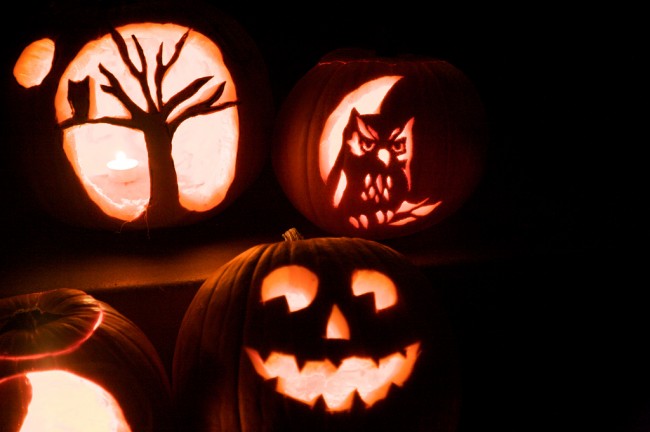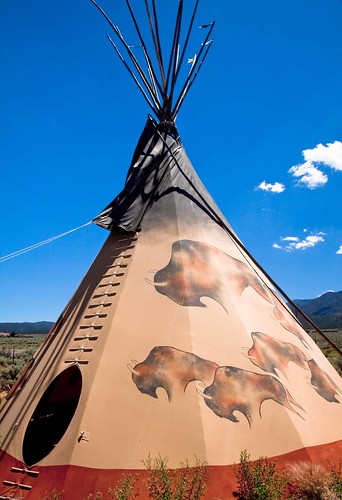This time, obviously, the focus was on Halloween, which I think is appropriate for this time of the year.
Here is the link, and I do hope that you take a look! If not, the text of the article nonetheless can be found below:
Halloween Has a Haunted History:
http://guardianlv.com/2015/10/

Halloween has grown as a major holiday so fast that it is downright spooky. It is the second biggest holiday for decorations, trailing only Christmas, and ne fourth of the candy sold in the United States os for Halloween. With Americans this year expected to spend fully $6.9 billion on the holiday, Halloween has become big business. The average American will spend up to $75 to celebrate the holiday, which for many will include decoration, costumes, parties, and giving candy away to children tracking through their neighborhoods while trick or treating.
It may surprise people to find out that many of these traditions that people have long associated with Halloween are not nearly as old as popularly believed, although the roots of the holiday stretch back to ancient times. What eventually would become our modern Halloween is over two thousand years old, tracing back to a couple of festivals - Sahmain and All Saints Day.
The Celtic festival of Sahmain came before Christianity. Literally translated from Gaelic, Samhain which was the term for the end of the summer. Back then, Celts lived in Ireland, Britain, and northwestern France, and this festival was widely celebrated. They would collect their earnings from farming, and would bring their animals in for the cold season to come. However, this time of the changing of the seasons was also popularly believed to possess supernatural powers. It was held on November 1, although it was believed that the night before Sahmain was a night when the world of the living and the world of the dead mixed. People would leave food and wine outside of their homes in hopes of preventing ghosts from coming in. Also, when people ventured out on such nights, they would wear masks in order to resemble ghosts.
In the eight century, Christians eliminated Sahmain and replaced it with All Saints Day, which was moved from mid-May to November by order of Pope Gregory III. This was done in an effort to eradicate the pagan roots of this popular autumn festival. Despite this, All Saints Day, which was also known as All Hallows Mass and Hallowmas, never was fully divorced from the former autumn festival that it was meant to replace, and the evening before, which fell on the last day of October, came to be known as All Hallows' Eve. In time, people began a new tradition to scare away evil spirits, as they burned candles and carving turnips (the predecessor of the modern tradition of carving pumpkins).
The tradition of children and adults disguising themselves on All Hallow's Eve to ward off evil spirits also continued. Many would beg for food or coins during the All Souls' Day parade in England. Some families would give them pastries known as "soul cakes" and the beggars, in turn, were asked to pray for the deceased loved ones of the family giving the cakes. This may have been the origins of the modern "trick or treat" tradition that has become common on Halloween.
Ironically, despite Halloween having at least partial roots from the Christian tradition, the relationship between Halloween and Christians has often been complicated. October 31 happens to have been the day that Martin Luther essentially started the protestant Reformation in Wittenberg, Germany, in 1517, when he nailed his 95 Theses to a door. Most of the early Christians groups that came to America , greatly influenced by the Protestant Reformation and included the Pilgrims, the Puritans, the Quakers, and Baptists, rejected this holiday as pagan. Still, that ultimately did not prevent Halloween from traveling to American shores.
Halloween is a holiday that has changed greatly over the course of time. Late in the late nineteen century, many women believed that they could find out the identity of their future husbands through various means. Some of these methods involved hazelnuts, mirrors, apples, and yarn. Sometimes, a ring would be buried in food, in hopes that the one who discovered it would be moved to find real love. Also, the winner of apple bobbing competitions tended to be highly regarded as top prospects, as this was seen as a good sign. These traditions, however, generally faded over time.
It also used to have more in common with April Fool's Day, than with what most people today would consider typical of Halloween. Pranks were very common and quite popular, and some of the most popular pranks included throwing eggs at houses, opening up the gates of a farm, and making outhouses fall over. However, these tricks began to spiral out of control and become problematic, and so the focus began to emphasize the more innocent and less harmful traditions of candy and dressing up in costumes.
By Charles Bordeau
Sources:
Bustle.com: Why Do We Celebrate Halloween? 6 Facts About This Spooky Holiday's History
The Newnan Times-Herald: The history of Halloween
The Lincolnshire Echo: What is Halloween and why do we celebrate it?
Business.com: $6.9 Billion in Consumer Spending this Halloween is Spooky
NRF: The long and Short of America’s Consumer Holidays
Image courtesy of Nick Taylor's Flickr page: Pumpkin carving - Creative Commons License
Youtube video History of Halloween (The History Channel) courtesy of Marco Gomez



















